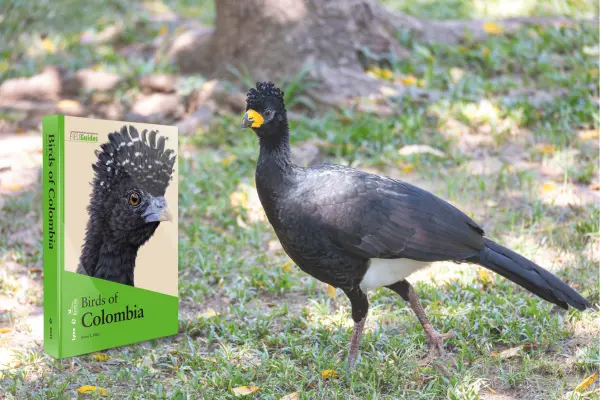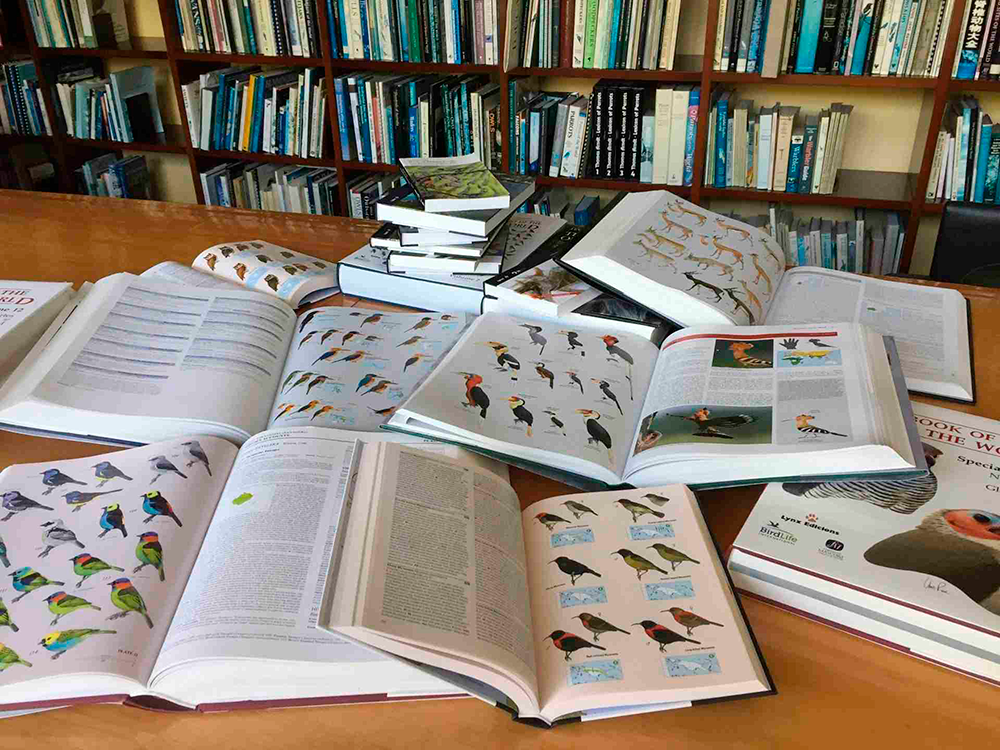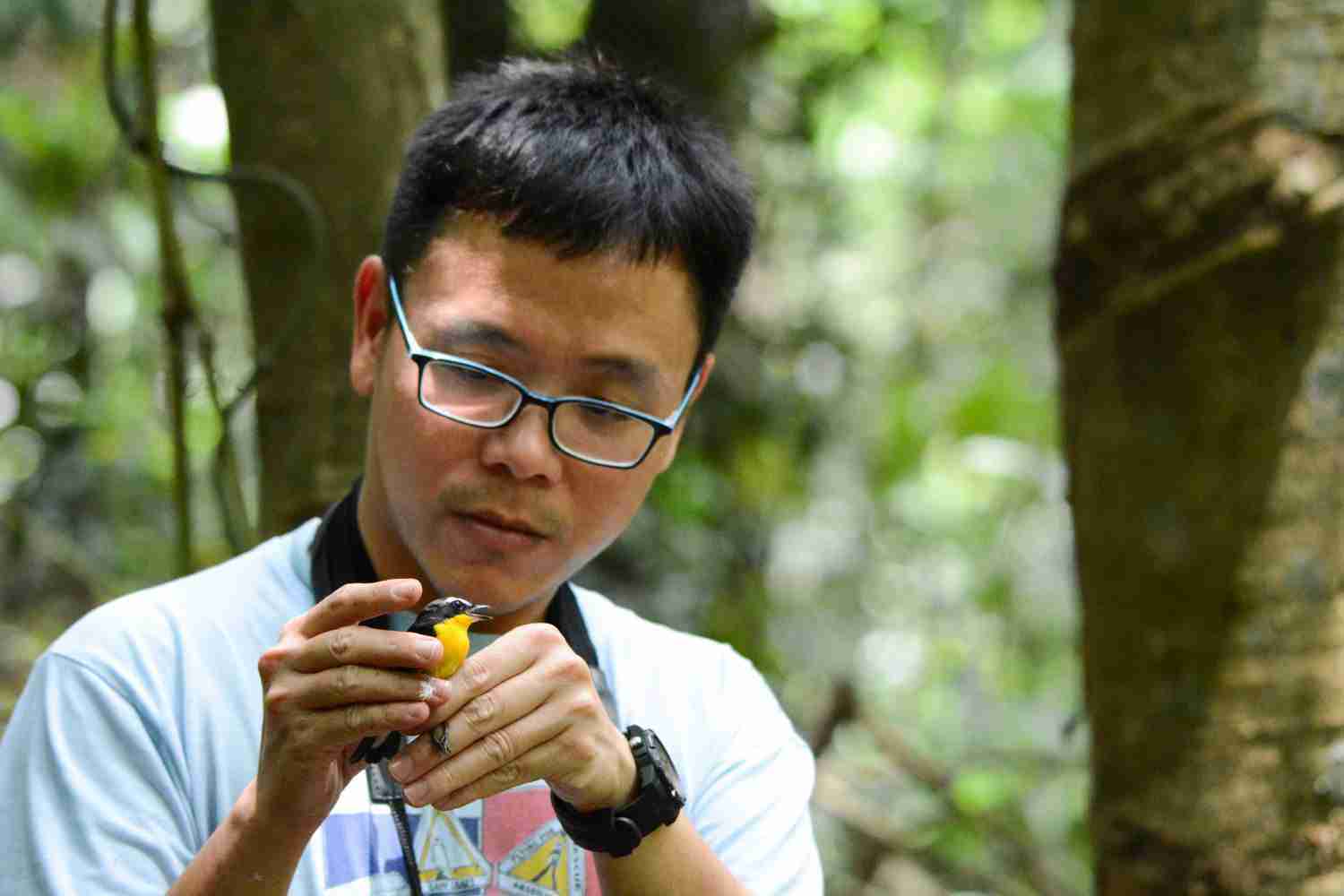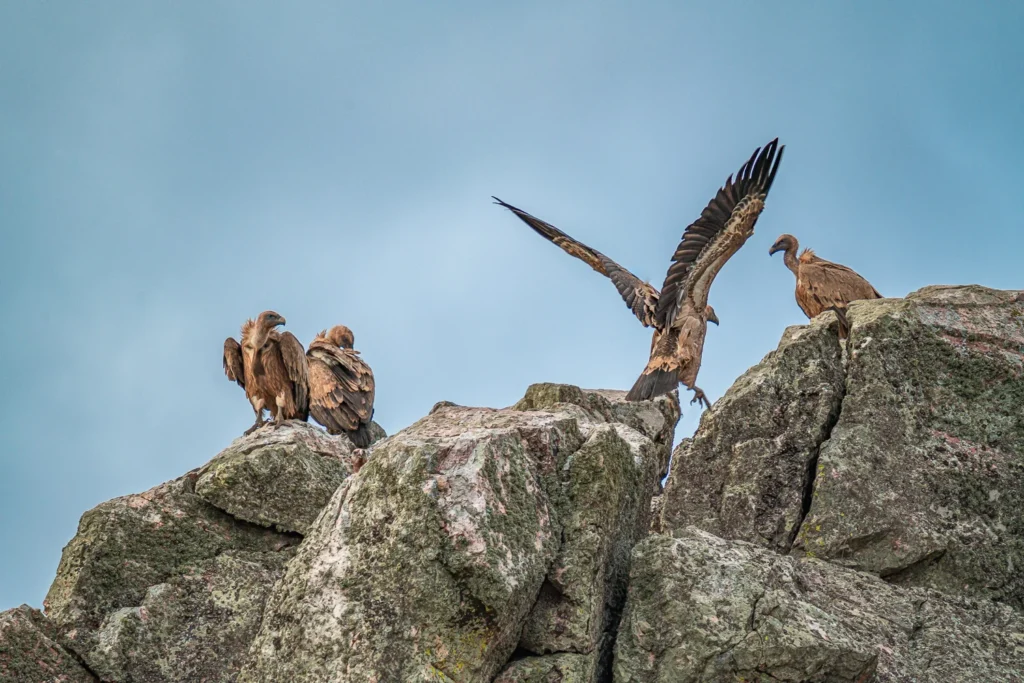Latests posts

Birds of Colombia: A Journey Through the World’s Most Bird-Rich Nation

Birds of paradise and beyond: the new edition of Birds of New Guinea

Why books matter for nature: the role of scientific publishing in conservation

Vietnam’s birds revisited: an interview with Richard Craik on the new edition of Birds of Vietnam

Seabirder, author and artist Peter Harrison discusses “SEABIRDS: The New Identification Guide”

Once bitten, twice shy: between the covers of the second edition of the Birds of the Indonesian Archipelago

Taming the wild world of mammalian taxonomy with Connor Burgin

Discover the birds of Malaysia with Chong Leong Puan
Birdwatching in Spain: a guide to species, habitats and the joy of birding
Spain is one of Europe’s top birdwatching destinations, with an extraordinary variety of habitats and bird species that make it ideal for beginners and seasoned birders alike.
From the wetlands of Doñana to the peaks of the Pyrenees, from coastal cliffs to steppe plains, Spain offers exceptional opportunities to observe both common and rare birds in the wild. Whether you’re planning a short birding holiday or just curious about the birds in your region, having the right information can make all the difference.
Birds of Spain2nd Edition
Author
Illustrator
In stock
$37.76 Original price was: $37.76.$33.98Current price is: $33.98.
The newly released second edition of Birds of Spain by Eduardo de Juana and Juan M. Varela is a compact, field-ready companion designed to help you identify, understand, and enjoy the rich birdlife of Spain.
Why Spain is a birdwatcher’s paradise
Spain’s varied geography and climate zones support a wide range of ecosystems, from Mediterranean forests to semi-arid steppes and high mountain ranges. This results in a remarkable diversity of species, including over 450 regularly occurring birds and many more considered rare or vagrant. The country is home to important breeding populations of iconic Iberian birds such as the Spanish Imperial Eagle, the Bearded Vulture, Dupont’s Lark, and the Balearic Shearwater. It also hosts a large number of migratory birds, making spring and autumn especially rewarding for birdwatching in Spain.
Birders can observe flamingos and Audouin’s Gulls in the Ebro Delta, sandgrouse and bustards on the plains of Extremadura, wallcreepers and Alpine accentors in the Pyrenees, and seabirds along the Atlantic and Mediterranean coasts. With more than 60 Important Bird Areas (IBAs) and a strong network of protected natural parks, Spain provides birdwatchers with some of the best birdwatching spots in Europe.
Planning your birding trip: where to watch birds in Spain
Spain is a large country and knowing where to go depending on the season and your target species is key. For example:

- Doñana National Park (Andalusia) is famous for its spring migrants, waterbirds, and raptors.

- Monfragüe and the plains of Extremadura are excellent for raptors, steppe birds, and overwintering species.
- The Pyrenees offer high-altitude species and are one of the few places in Europe where you can reliably see the Lammergeier.
- The Canary Islands and Balearics host several endemic birds not found anywhere else in the world, such as the Gran Canaria Blue Chaffinch.
The second edition of Birds of Spain includes regional-scale distribution maps, notes on abundance, and pointers to specific locations where species are particularly numerous or easy to see. This makes it a valuable tool not only for identification but also for trip planning.
A new generation of Spanish bird guides
Unlike broader European bird guides, Birds of Spain focuses exclusively on the birds of the Iberian Peninsula, Balearic and Canary Islands, and the enclaves of Ceuta and Melilla. It covers 448 species in detail, with precise illustrations, habitat information, and updated taxonomy based on the most recent work by SEO/BirdLife. It also reflects changes in the status and distribution of several species—including recent colonisers and expanding exotics such as the Laughing Dove and the Mitred Parakeet—making it one of the most current Spanish bird checklists available.
The guide is particularly well suited for those just getting started with birding in Spain. Compact and durable, it is designed for field use and presents all information—illustrations, text, and maps—on facing pages for quick reference.
What birds can you expect to see?
Whether you are interested in endemic birds of Spain, migratory visitors, or local residents, you will not be disappointed. Spain boasts over a dozen endemic or near-endemic species, such as the Iberian Green Woodpecker, Iberian Grey Shrike, and the recently recognised Gran Canaria Blue Chaffinch. The country is also on the flyway for countless African-European migrants. Spring migration brings a spectacular wave of swallows, warblers, and raptors crossing the Strait of Gibraltar, while autumn sees cranes, ducks, and waders gathering in wetland reserves.

In winter, wetlands and agricultural plains host impressive numbers of Common Cranes, Red Kites, and Northern Lapwings, while species like the Citrine Wagtail or Ring-necked Duck may turn up as rarities.
A practical companion for birding holidays in Spain
Whether you’re joining an organised birdwatching tour in Spain or exploring independently, Birds of Spain is a compact and informative companion. It allows birders to quickly reference key fieldmarks, understand seasonal patterns, and even scan QR codes for access to SEO/BirdLife’s extended online resources, including photos, calls and videos.
For international visitors, this Spanish bird guide fills an important gap by offering reliable, country-specific information in English, authored by Eduardo de Juana and Juan Varela—two of Spain’s most respected ornithologists, with decades of experience studying, mapping and illustrating the country’s birdlife.
Explore the birds of Spain, at your own pace, in your own way
Whether you’re exploring the highlands of Gredos or the coastal marshes of Cádiz, Spain offers a lifetime of birding adventures. With the right tools and a bit of curiosity, every outing can become an opportunity to discover something new.
Birds of Spain (2nd edition) is available now from Lynx Nature Books.









 Copyright 2025 © Lynx Nature Books
Copyright 2025 © Lynx Nature Books